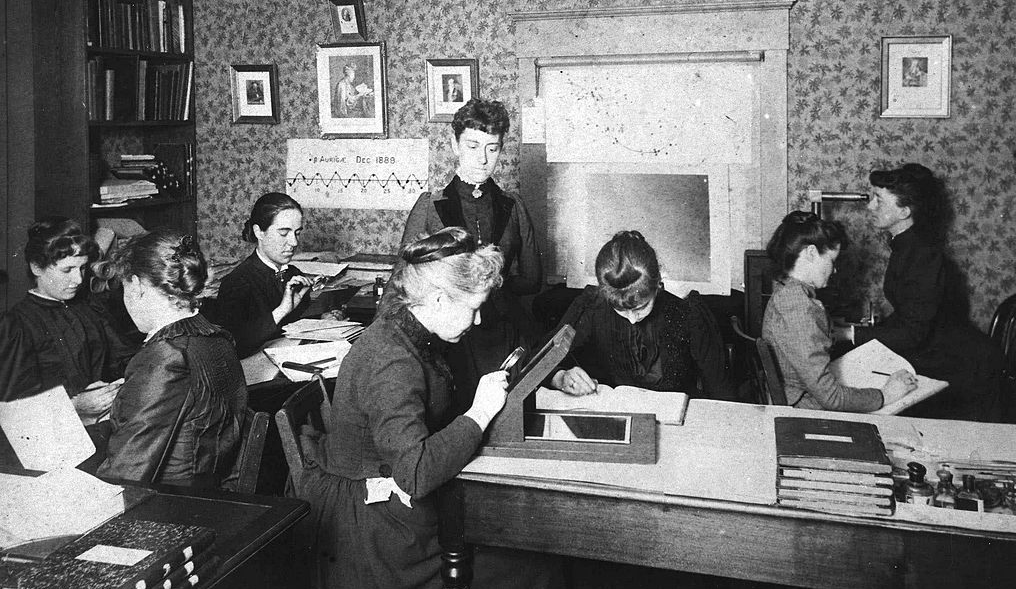Gender Inequality in Academia

In Russia, women earn about 70% of what men earn in wages. In the academic sector, this gap is smaller. However, although women make up a majority at universities, wage gaps between the two genders still persist. To find out why this is the case, IQ.HSE spoke with Victor Rudakov, Research Fellow at the Institute of Institutional Studies.
1
Does gender inequality in Russian universities exist?
It certainly does. Male teachers earn 18% more than women. However, as we can see, this figure is much lower than those in the Russian economy as a whole. In this sense, there is more gender equality in the academic sphere. In general, university work has become a ‘female profession’ in Russia. Russia ranks first in the world in terms of having the highest proportion of female teachers in universities (60%), while in OECD countries this number is 43%, in G20 countries it is 41%, in the US it is 49%, and in Germany it is 39%. In Russia, this number is linked to the academic sector’s relatively low salaries—working in institutions of higher education is relatively unappealing to men.
2
What causes gender inequality?
There are many reasons for the gender wage gap. All these reasons can be tentatively divided into two big categories: ‘market-related’ and ‘discriminatory’.
Firstly, there are standard gender roles and specializations, whereby men are more inclined to focus on building a career, and women — starting a family, taking care of children or managing the household. Many employers expect that women will have these priorities and therefore do not promote them. This effect can also be seen in universities.
Secondly, there is the so-called self-selection of women for lesser paid jobs. The general idea is that women themselves choose jobs based on their personal preferences (for example, they want to be able to take care of their family, they want to have more free time, they do not want demanding jobs, and therefore they do not tend to focus on building a career). We found moderate confirmation of this in our study. Women, on average, publish fewer articles and defend fewer doctoral dissertations than men, despite there being no obvious barriers, aside from the factors of individual ability, time and effort to achieve these goals.
3
And do working conditions and schedules affect the wage gap?
Indeed, there are still so-called compensation differences: every job has non-monetary factors (for example, hazard, risk level, etc.). Men relatively more often choose professions with negative non-monetary factors, but they get ‘compensated’ for this in the form of higher wages (for example, contract service in the army, work in heavy industry, etc.). At the same time, work in the academic sector, to the contrary, is characterized by positive non-monetary factors and is therefore ‘penalized’ with lower wages. This explains why the gender wage gap in the academic sector is significantly lower than in the economy as a whole.
4
And what about discrimination?
In addition to the objective reasons, there is discrimination. It creates problems both for women themselves and for the economy as a whole, because in the end, this negatively affects productivity. In Russia, only half of the gender inequality in wages can be explained by objective factors, and the rest is unobservable factors and discrimination. When we talk about discrimination, we usually use the terms ‘sticky floor’ and ‘glass ceiling’.
5
What is ‘sticky floor’ and ‘glass ceiling’?
‘Sticky floor’ refers to the phenomenon usually occurring at the beginning of one’s career, whereby women ‘get stuck’ in starting positions and cannot ‘jump’ to higher positions due to employers not promoting them.
Another problem is the ‘glass ceiling’, which refers to when women climb the career ladder to mid-level positions, but then cannot rise higher. In Russian universities, this is a very common problem—only 9% of all rectors are women, relatively few women are among vice-rectors, department heads, full professors, and so on.
6
Is there a difference in the extent of inequality between research and regular universities?
Yes, our study showed that in leading Russian universities, primarily in research universities and universities participating in the 5-100 project, there is almost no gender inequality. This may be a result of the introduction of new types of contracts, according to which an employee’s salary depends on observable performance indicators (for example, publications in leading journals), as well as the introduction of more transparent career advancement mechanisms, open faculty staff appointment competitions, and so on. It can also be explained by certain unobservable factors, such as a more competitive and higher quality organisational culture, for example.
7
Can incentive contracts solve the gender wage gap?
An incentive contract and transparent mechanisms for hiring and promoting employees should address the issue of discrimination (not only gender, but other types as well) in part. In this case, employee salaries and promotions are determined by observable performance factors, which reduces opportunities for discrimination. On the other hand, our study showed that incentivizing contracts which provide incentives for research publications lead to gender specialization, whereby men conduct research and write articles while women teach—a job that is lesser paid. Again, the problem of gender inequality arises.
Victor Rudakov